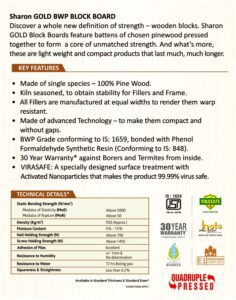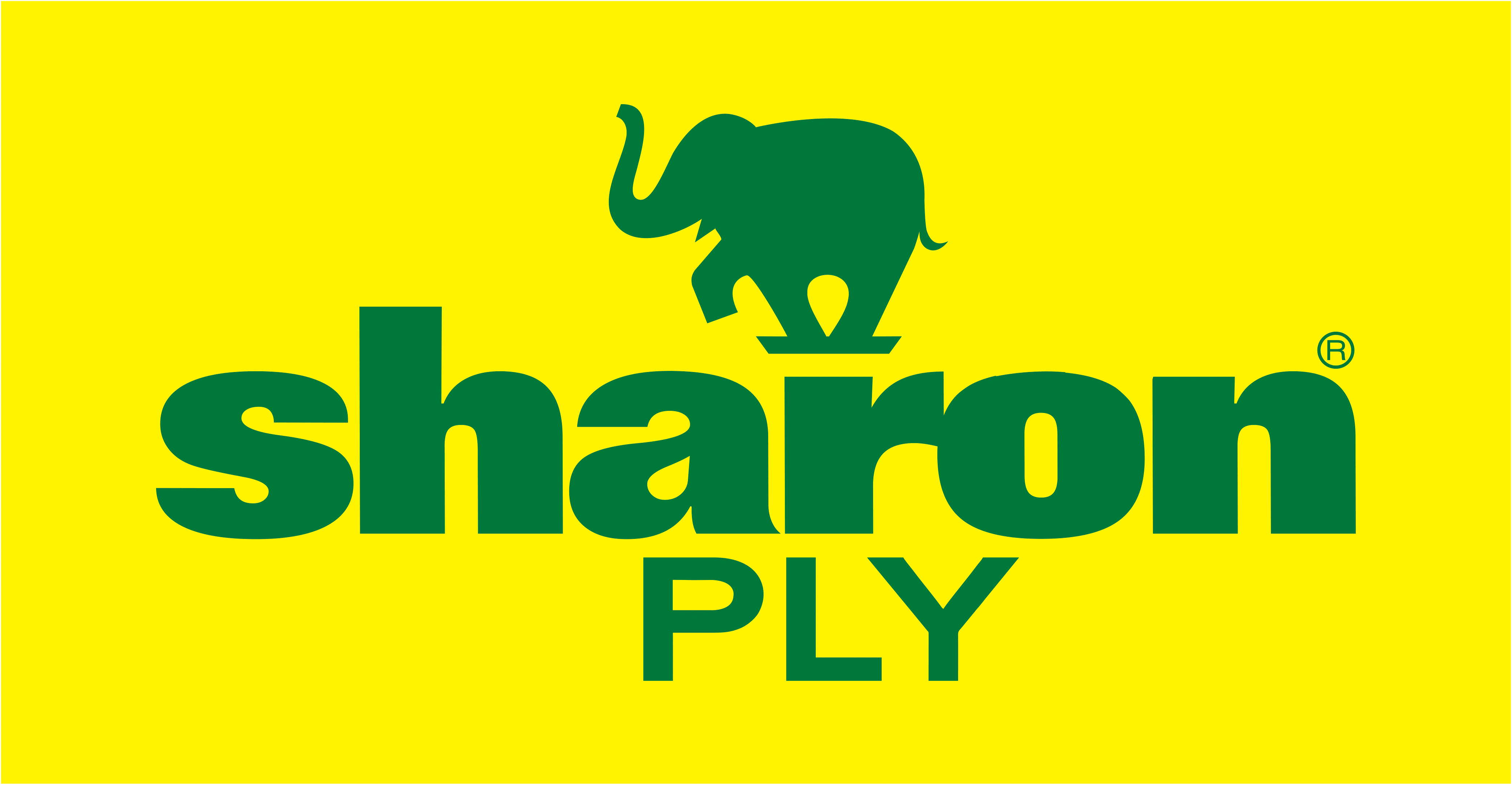

In construction and interiors, plywood stands out as a go-to material, used extensively in furniture making, wall treatments, and many other applications. However, not all plywood is designed to handle moisture effectively. Wet areas such as kitchens, bathrooms, utility rooms, and basements require specially engineered plywood that can withstand continuous exposure to water and humidity. Choosing the right plywood for wet areas is essential for ensuring durability, safety, and long-term savings.
Most standard plywood is manufactured by bonding thin layers of wood veneer using adhesive. While it is strong and cost-effective, untreated plywood has a tendency to absorb moisture, which leads to swelling, delamination, fungal growth, and structural damage over time. Therefore, it is unsuitable for areas exposed to water and humidity.
To avoid such issues, it is critical to select waterproof plywood when working with wet areas.
Before purchasing plywood for moisture-prone spaces, ensure that it possesses the following essential features:
Opt for plywood labeled as Boiling Water Proof (BWP) or Marine Grade. These types are manufactured using waterproof adhesives and treated veneers, offering excellent resistance to moisture.
Continuous exposure to moisture can result in fungal growth and insect infestations. Opt for plywood that is chemically treated to resist fungus and borer attacks, ensuring long-term protection and hygiene.
Examine the quality of the plywood core and surface veneer. A good quality core ensures minimal chances of warping, while a smooth and strong face veneer improves the plywood’s appearance and durability.
Indoor air quality is especially important in wet areas where ventilation may be limited. Plywood with E0 emission compliance releases little to no formaldehyde, making the indoor environment healthier and safer.
Calibrated plywood offers uniform thickness throughout the sheet. This feature ensures better surface finishing and reduces the risk of deformation caused by uneven moisture absorption.
Below are the types of plywood that are most suitable for wet and humid environments:
If you are exploring different types of plywood, it is important to understand which variants are specifically designed to perform in wet areas.
Waterproof plywood should be used in the following areas:
Use the following checklist when selecting plywood for wet areas:
Purchase plywood from established and reputed brands. Top manufacturers follow stringent quality standards and provide products backed by relevant certifications and warranties.
Ensure that the plywood has the following marks:
Inspect the plywood for:
Premium waterproof plywood is often backed by warranties ranging from 7 years to 25 years. A longer warranty period often reflects a manufacturer’s confidence in the product’s performance, indicating higher quality and enhanced durability.
Even the most durable plywood benefits from proper care. Follow these maintenance tips to maximize the lifespan of your installations:
Selecting the right plywood for wet areas is crucial for ensuring the durability, aesthetics, and safety of your home or commercial space. Regular plywood cannot withstand the challenges posed by constant exposure to moisture. Investing in certified BWP or Marine Grade plywood ensures that your installations remain strong, attractive, and free from damage for years to come.
Brands like SharonPly offer premium quality waterproof plywood that meets the highest standards of performance, durability, and safety. With the right choice of plywood from a trusted brand, you can create spaces that are resilient, beautiful, and built to last.
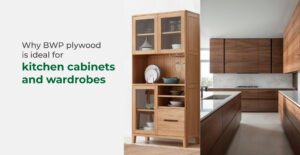
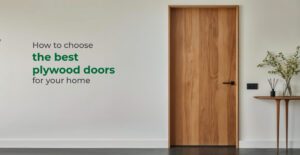
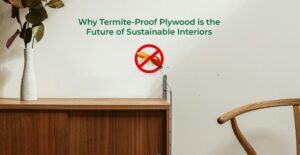
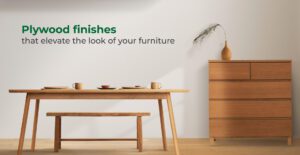
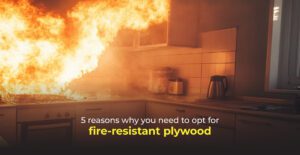
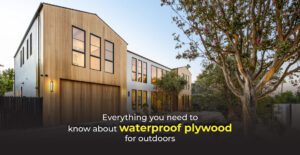



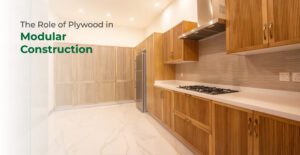
Users understand that SHARONPLY is committed to protecting the User’s privacy and shall take all efforts to protect any personal data provided to the Website by reasonable security safeguards against such risks as loss or unauthorised use, destruction, modification or disclosure of data, However, in case of any lapse, SHARONPLY shall not be held responsible for any effect or consequences thereof. The Website uses cookies to track usage of the path of the User. Since most web browsers automatically accept cookies, User can edit User’s browser options to block them if User does not want the Website to use cookies to track usage of the path of the User.
SHARONPLY undertakes not to disclose, except as otherwise provided, the personal information provided by the User to any person, unless such action is necessary to: –
By filling up any form on the Website User automatically grants SHARONPLY a royalty-free, perpetual, irrevocable non-exclusive license to use, reproduce, publish, edit, distribute, and publicly display the information given in the form and to sublicense such rights.
Any queries regarding the SHARONPLY’s privacy policy, may be sent to admin@sharonply.com.
